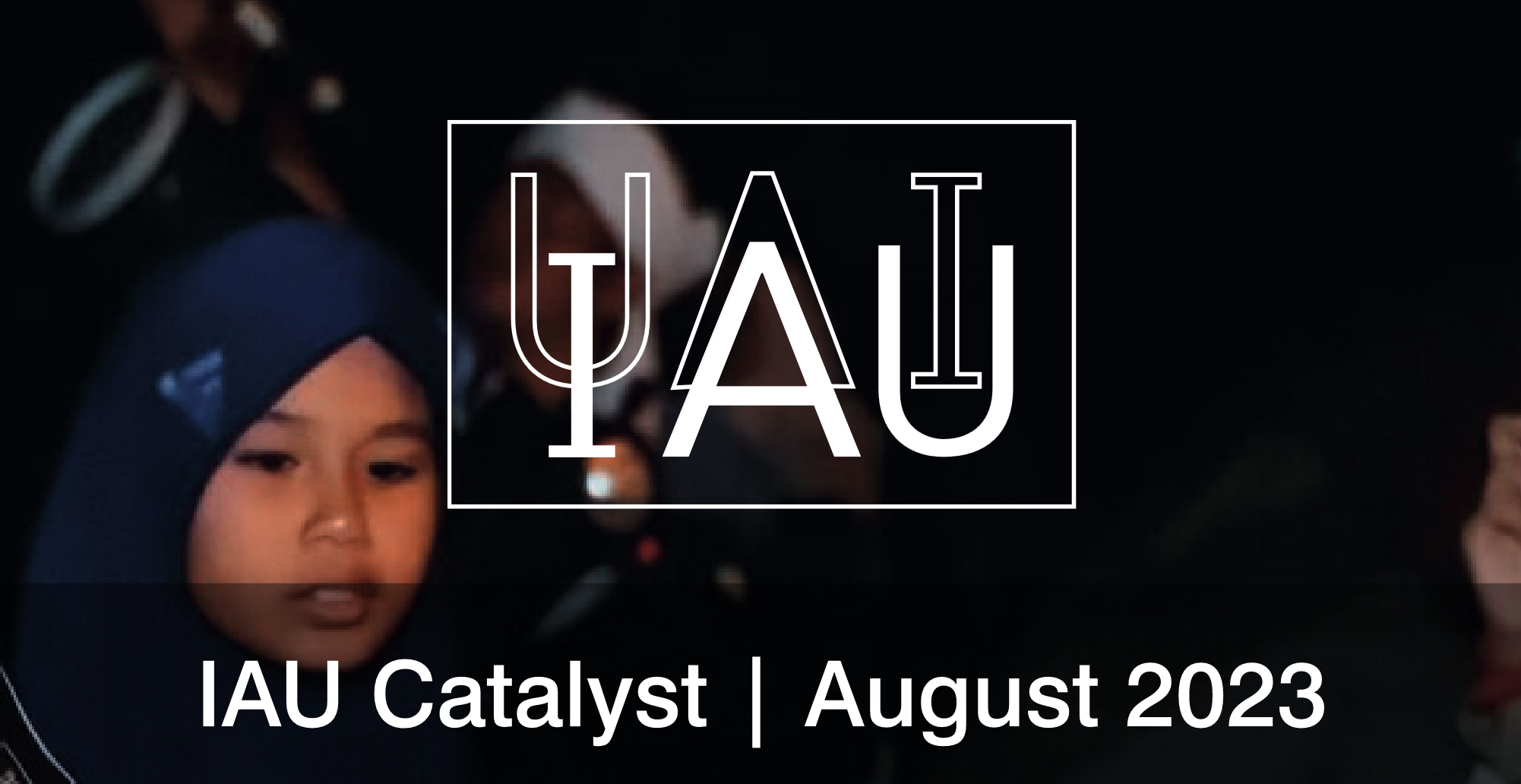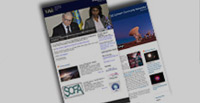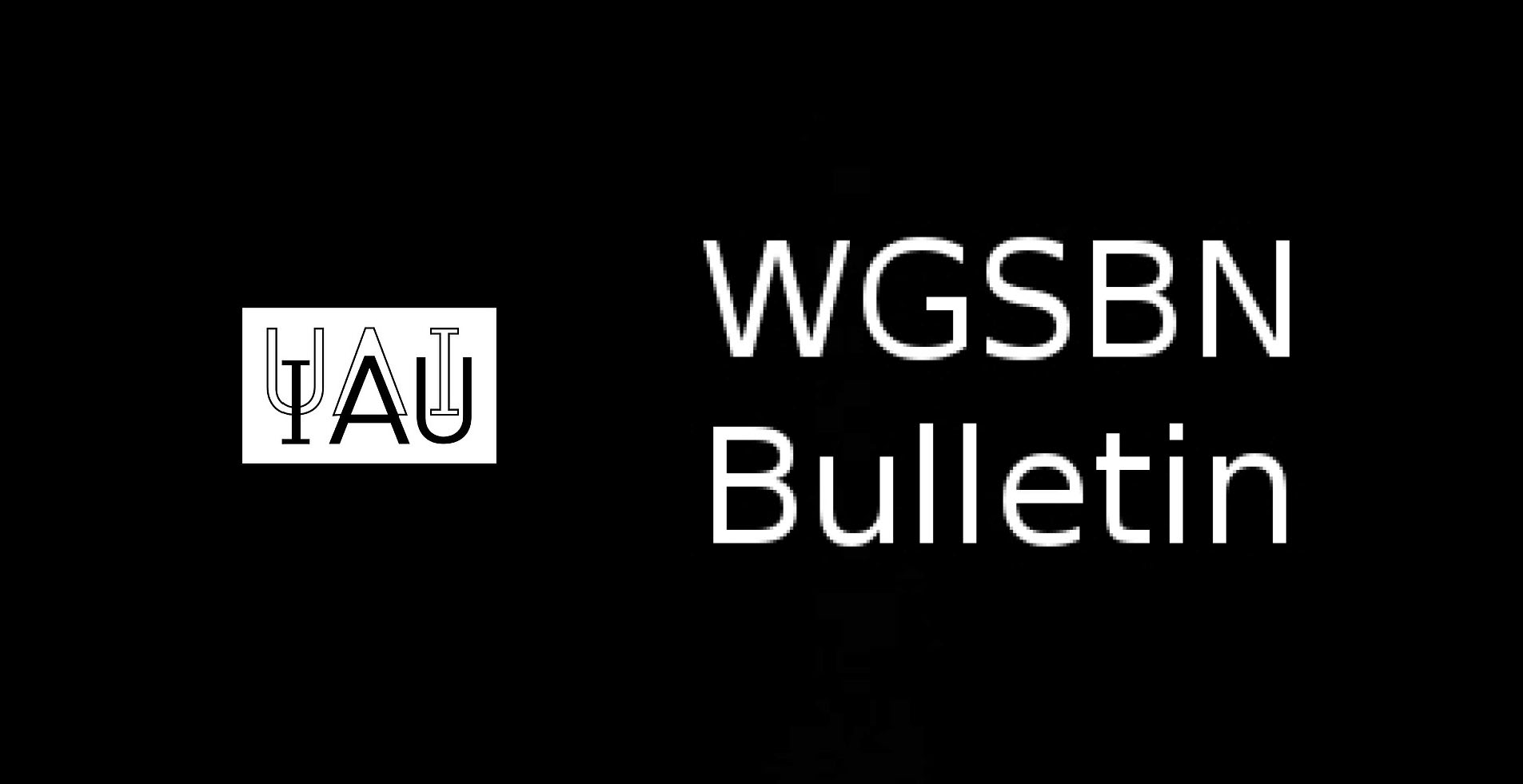- News
- Science
- Scientific Bodies
- Divisions
- Commissions
- Commission A1 Structure
- Commission A2 Structure
- Commission A3 Structure
- Commission A4 Structure
- Commission B1 Structure
- Commission B2 Structure
- Commission B3 Structure
- Commission B4 Structure
- Commission B5 Structure
- Commission B6 Structure
- Commission B7 Structure
- Commission C1 Structure
- Commission C2 Structure
- Commission C3 Structure
- Commission C4 Structure
- Commission C5 Structure
- Commission D1 Structure
- Commission E1 Structure
- Commission E2 Structure
- Commission E3 Structure
- Commission E4 Structure
- Commission F1 Structure
- Commission F2 Structure
- Commission F3 Structure
- Commission F4 Structure
- Commission G1 Structure
- Commission G2 Structure
- Commission G3 Structure
- Commission G4 Structure
- Commission G5 Structure
- Commission H1 Structure
- Commission H2 Structure
- Commission H3 Structure
- Commission H4 Structure
- Commission J1 Structure
- Commission J2 Structure
- Commission J3 Structure
- Commission X1 Structure
- Commission X2 Structure
- Past Commission Organising Committees
- Working Groups
- Centres
- Scientific Meetings
- Rules & Guidelines
- General Assemblies
- Meeting Proposals
- Future IAU Meetings
- General Assemblies
- EC Meetings
- Officers' Meetings
- Regional Meetings
- Symposia
- Focus Meetings
- Institutional Meetings
- IAU Offices Meetings
- IAU-Sponsored Meetings
- Letters of Intent submitted for 2024
- Letters of Intent submitted for 2023
- Letters of Intent submitted for 2022
- Letters of Intent submitted for 2021
- Letters of Intent submitted for 2020
- Past IAU Meetings
- Templates
- Other Meetings
- Grants & Prizes
- Scientific Bodies
- Publications
- IAU Publications
- IAU Strategic Plan
- Symposia
- WGSBN Bulletins
- Regional Meetings
- Information Bulletins/Catalyst
- E-Newsletters
- Focus Meetings
- Transactions A
- Transactions B
- Related Publications
- GA Newspapers
- CAPjournal
- IAU Books
- Brochures
- IAU Offices
- WG Reports
- Commission Reports
- Division Reports
- Past IAU Publications
- Rules, Guidelines and Instructions for Proceedings
- Publishers
- IAU Publications
- Administration
- About the IAU
- Statutes & Rules
- IAU Policies
- IAU Executive Bodies
- IAU Secretariat
- Resolutions
- Members Administration
- Administrative Dates & Deadlines
- International Organisations Relations
- Donate to the IAU
- Training in Astronomy
- Astronomy for Education
- Astronomy for Development
- Astronomy for the Public
- Office for Astronomy Outreach
- FAQ
- Themes
- Satellite Constellations
- Astronomy in Everyday Life
- How to Report a Discovery
- Careers in Astronomy
- Defining our Place in the Cosmos
- The Constellations
- Light Pollution
- Measuring the Universe
- Near Earth Objects
- How to Participate in Astronomy Research
- Naming of Astronomical Objects
- Naming of Exoplanets
- Buying Star Names
- Naming Stars
- Pluto and the Solar System
- IAU Member Statistics
- Our Moon: the Moon
- Meteors & Meteorites: The IAU Definitions of Meteor Terms
- UNESCO-IAU Portal to the Heritage of Astronomy
- Social Media
- Past Events
- Call for Online Resources
- Astronomy@Home Awards
- Contact

David H. Bruning
United States
1952-2024
Obituary:
David Bruning had a fifteen year academic career at the University of Wisconsin-Parkside,
which was only part of his 40 year contribution to Astronomy and Physics.
Starting with a B.S. degree in Astronomy and Physics from Arizona in 1973, Dave earned a
Master's in Astrophysics from Colorado in 1977, and a Ph. D. in Astronomy from New Mexico
State in 1981 while simultaneously working as a scientific programmer for Lockheed Electronics.
Post-doc positions at Mt. Wilson, followed by University of Hawaii came next, after which Dave
spent six years as assistant professor at the University of Louisville. These were research
positions, and Dave was very productive, producing 13 publications in journals, 8 papers
presented at meetings and meeting proceedings, and 21 abstracts.
In his work as a research astronomer, Dave made significant and lasting contributions in the
fields of solar and stellar spectroscopy, and with respect to the then-budding searches for
planets around other stars.
His early work involved measuring solar differential rotation; that evolved into his eventual
primary focus on observing the Sun as a star. While at Mount Wilson Observatory, he
investigated stability of the solar spectrum, developing Iodine absorption cells for accurate
wavelength calibrations of stellar spectra. Related work concerned how the exact shapes of
spectral lines change across the disk of the Sun, and how they vary with time. Those line
asymmetries would lead to a better understanding of stellar convection; this would be found to
be important for exo-planet detection. Early on, he also attempted measurement of magnetic
fields on cool stars, another way to understand many aspects of stellar surface activity.
However, this would prove to be yet another noise source making exo-planet detection more
difficult.
As one colleague put it: Dave didn’t shy away from difficult problems!
These investigations preceded more comprehensive global efforts a few decades later:
extrasolar planets were discovered in the mid-1990’s, while current challenges aim at finding
possible analogs to our own Earth around other solar-like stars. For these searches, the main
difficulty today is to precisely understand how the star itself is varying, so that its fluctuations can
be segregated from the small perturbations induced by a possible planet. Here, early work by
Dave remains relevant and was cited in a recent journal article, published around the same time
as his passing (Astronomy & Astrophysics 687, A60, 2024). Other citations point to the ability of stellar asymmetry to illustrate rotation of stars such as Sirius, based on work done at ESO in
Chile.
In the mid-90's Dave's interest in education and the popularization of astronomy dominated
his efforts, and he spent 5 years as associate editor of Astronomy magazine. Starting in 2000,
Dave moved to University of Wisconsin-Parkside, where he rose through positions of Lecturer,
Senior Lecturer, and Distinguished Lecturer to Associate Professor in 2012. His work there
included publishing 24 articles in Mercury, participating in educational research initiatives,
serving on critical committees, teaching physics and astronomy courses at all levels, and
designing and teaching new courses on scientific programming and astronomy in Native
America.
Dave was an outstanding and supportive colleague, and a much loved instructor. His
courses always had high enrollments and outstanding reviews. In addition, Dave advised
several cohorts of physics majors, many of whom went on to graduate school and are now
faculty members in physics all around the world. These people will carry Dave's academic
legacy and passion for science into the future.
Past affiliation(s) within the IAU
- Past Member of Division E Sun and Heliosphere (until 2024)
- Past Member of Division G Stars and Stellar Physics (until 2024)
- Past Member of Commission E1 Solar Radiation and Structure (2015-2024)
- Past Member of Commission G5 Stellar and Planetary Atmospheres (2015-2024)
- Past Member of Commission 12 Solar Radiation & Structure (until 2015)
- Past Member of Commission 29 Stellar Spectra (until 2015)
- Past Member of Division II Sun & Heliosphere (until 2012)
- Past Member of Division IV Stars (until 2012)
Search individual members

















